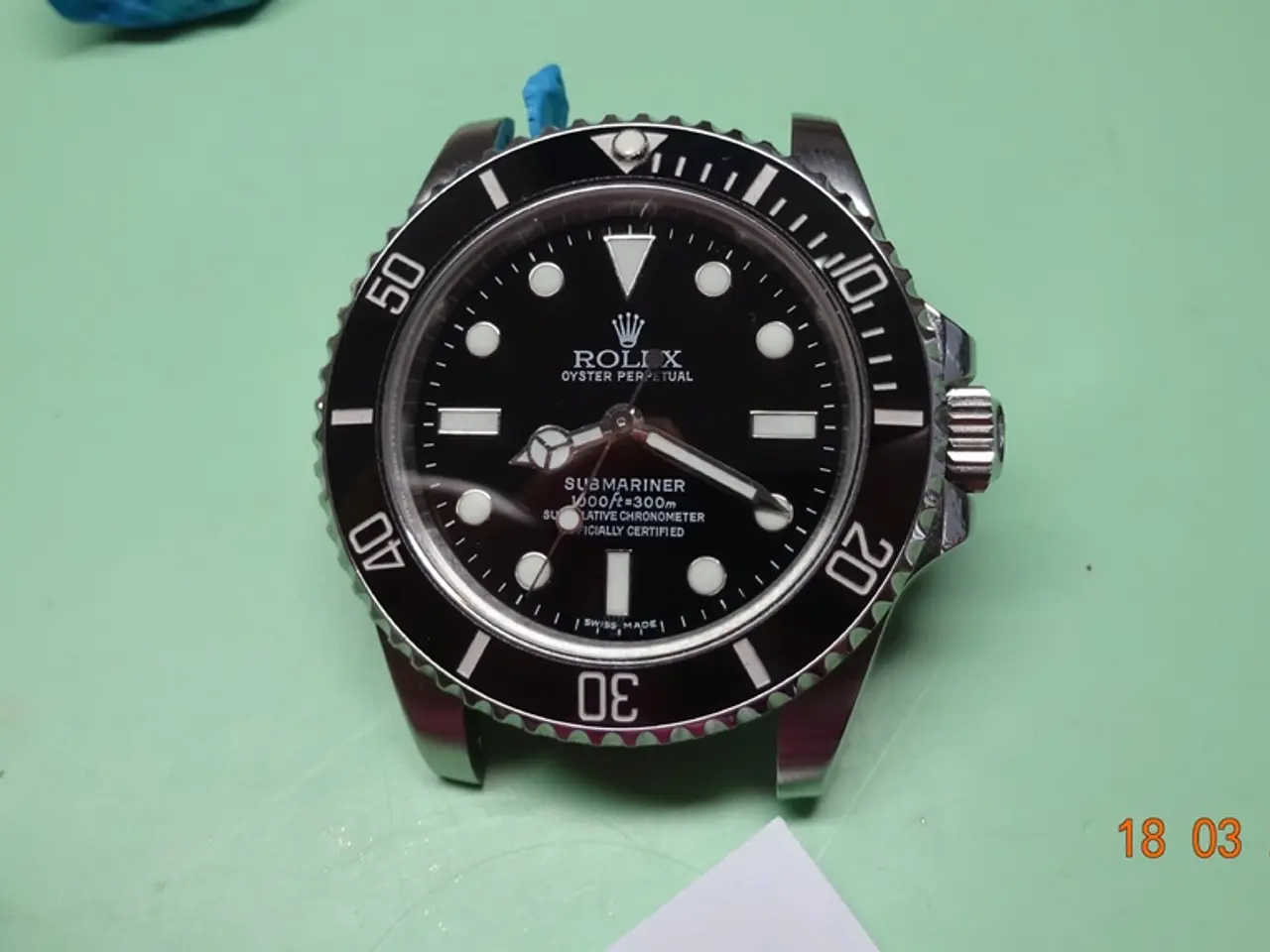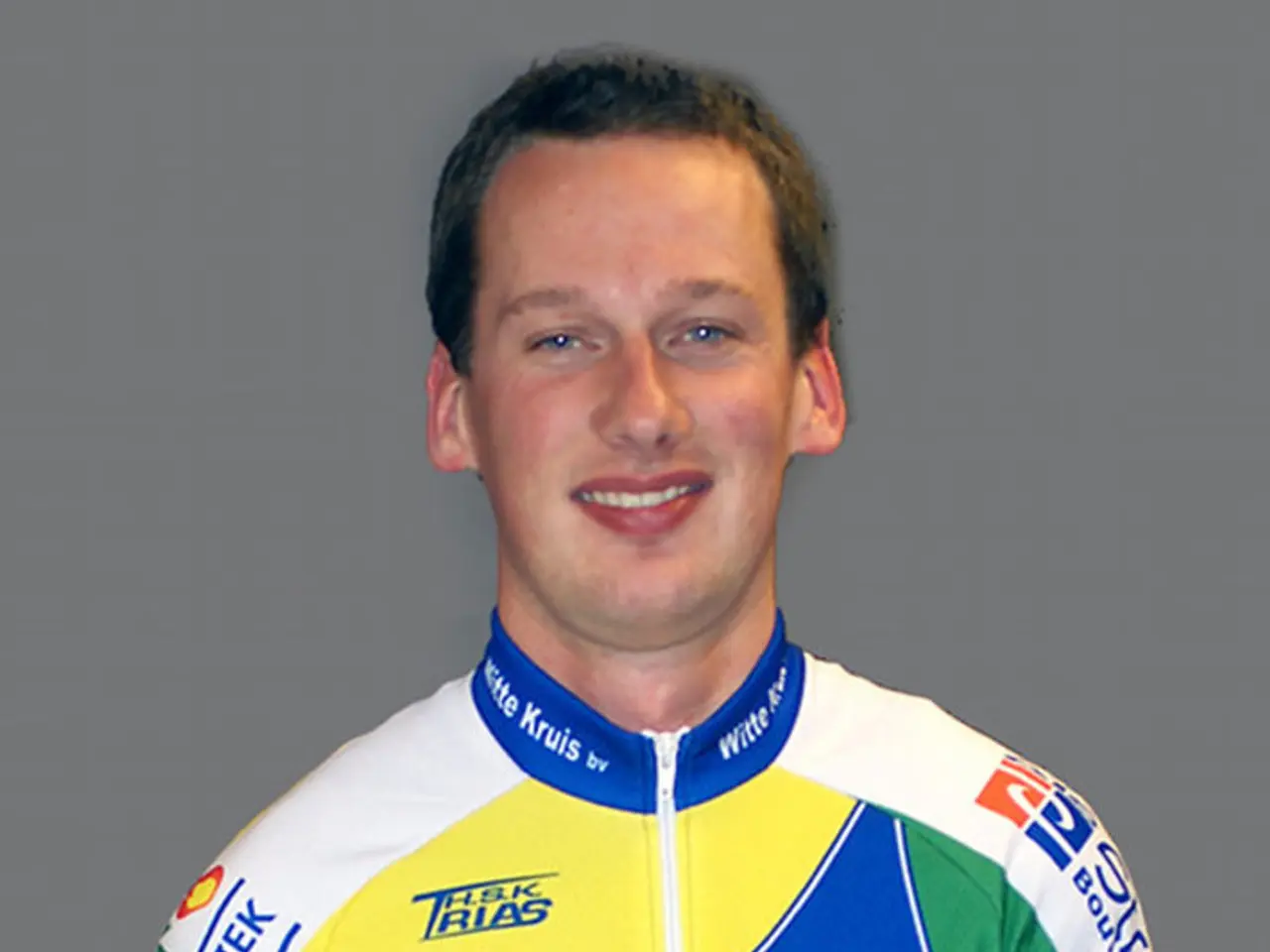Surfing enthusiasts from the Northeast region can't get enough of the frigid waves during winter, a growing addiction fueling their passion.
The East Coast is witnessing a significant increase in the number of women taking to the chilly waters for winter surfing, and the trend shows no signs of slowing down.
Tricia Pan, the owner of Narragansett Surf & Skate in Rhode Island, has noticed an influx of people turning to surfing during the pandemic as a restorative outlet for their mental health. This shift is particularly evident among women, who report feeling a kinship with others who abandon everything to pursue the thrill of the waves.
One such woman is Ashley Gunn, a 34-year-old nonprofit professional from Boston, who surfs in the winter. Her passion for the sport has been fueled by the camaraderie and shared love for the ocean that she finds among fellow surfers.
The Eastern Surfing Association (ESA), a membership and competition network that spans Maine to Florida, has roughly 5,000 members and counts Kelly Slater and Lisa Anderson among its alumni. The association has played a crucial role in fostering a supportive environment for women surfers, contributing to the growth of the winter surfing scene.
Winter surfing is an extreme sport, and instructors encourage those with less experience to take a lesson or two before heading out. Kate Strait, an eighth-grade science teacher from South Portland, Maine, is a winter surfer who attests to the importance of proper instruction. Strait and Jacquez run Ladies Slide, a popular summer surf instruction and ride group, through Maine Surfers Union, and have taught over 300 women to surf over the past six years.
Tess Jacquez, owner of Sommers Surf Lessons in Ocean City, Md., founded her company because she could not find a female instructor in her early days of learning to surf. Today, she and her friends Molly, Greta, and Caitlin, continue to surf in the winter, finding solace and camaraderie in the waves.
The significant increase in the percentage of women participating in winter surfing on the East Coast is likely driven by broader trends in competitive surfing that include increased inclusion, visibility, and support for women surfers. Official competitions like the World Surf League (WSL) Championship Tour have explicitly included women in their events, with specific wildcards and rankings supporting female athletes. Events such as the Rip Curl Eddie Aikau contest also include women competing alongside men, increasing visibility and opening competitive spaces traditionally dominated by men.
The local surfing culture on the East Coast has also played a crucial role in encouraging growth in participation. Female surfers have been part of regional surfing scenes for decades, creating an environment that encourages growth in participation over time.
In summary, the combination of organized competitive opportunities with gender-specific quotas and wildcards, more inclusive contest formats, increased media exposure, and supportive local surfing cultures are key reasons why more women are surfing during the challenging winter season on the East Coast today. Surfing is described as a form of therapy, church, sanctuary, meditation, and outlet by various women surfers, making it an appealing and empowering activity for many.
Ashley Gunn, a 34-year-old woman from Boston, discovered a passion for winter surfing due to the camaraderie and shared love for the ocean with fellow surfers.
Kate Strait, an eighth-grade science teacher from South Portland, Maine, emphasizes the importance of proper instruction for women who venture into winter surfing.






